I’m forever trying to preserve the best of what the garden offers. and can’t bear to see my frost-bitten little babes giving me sad eyes from the compost pile. At this very moment, jars of charred tomato and habañero salsa are boiling away in the canning pot. It’s enough to drive a girl crazy trying to figure out how to preserve 30 pounds of tomatoes that all decided (“okay, go!”) that it would be a good idea to ripen all at the same time. I just keep telling myself that future me will thank present me. Or maybe future me will be running around like a chicken with her head cut off too. She’ll be convinced that future-future her will be able to relax due to all the forethought and industriousness. I just love-hate food preservation!
At this point, in the frost-bitten apocalypse that was once my flourishing garden, only a few survivors remain. The root vegetables, the leafy greens, and the cold tolerant herbs. Normally, I use up as many of the herbs as I can for cooking, and make a feeble attempt at drying or freezing the rest, never completely happy with the results. On a recent Splendid Table podcast, Sally Schneider (my favorite improvisation-friendly cookbook author) described the process for making dried herb salts.
Keep in mind that at the time I decided it was a good idea to harvest massive amounts of herbs to make my own dried herb salts, all surfaces of my kitchen and dining room were covered. Baskets…and bowls…and sheet pans of green tomatoes were taking over the house, Attack of the Killer Tomatoes-style. I am happy to report, that even in the midst of the green-tomato maze, bunches of herbs, and photography equipment, the process for actually making the herbs was quick and simple.
No fancy equipment required–just a good knife, a cutting board, and a little time–and I literally mean little. Whether you use the hand chopping method or the food processor method, you’ll have fragrant herb salt ready to dry within 20 minutes. This recipe is of my favorite type–the kind that teaches a skill that can be improvised upon, and used over and over again.
My herbs dried in a couple days, spread on parchment paper over baking sheets. I experimented with different combinations of parsley, sage, thyme, and dill… the herbs I had growing in my garden. Once dry, the herbs retained more of their color and fragrance than most of the herb mixtures I have bought.
If you can get your hands on some herbs, I can assure you that future you will be singing praises to present you (or would it be past you?) for your efforts as he or she sprinkles some fragrant sage salt on a fried egg sandwich, or pulls a beautiful herb-roasted chicken out of the oven. The possibilities are endless!
- Scant ½ cup kosher salt
- 2 cups loosely packed fresh herb leaves, such as thyme, rosemary, sage, parsley, etc...
- 4-5 garlic cloves, peeled (optional)
- zest from 2 lemons (optional)
- 1 shallot, peeled and minced (optional)
- Hand Chopped Method:
- Cut the garlic cloves in half lengthwise, and remove the sprout, if there is one. Mound the garlic on top of the salt on a cutting board. Chop the garlic into the salt until the garlic is minced. Mound the herbs on the cutting board and coarsely chop. Add the herbs (and shallot and zest, if using) to the salt, and chop until it reaches the texture of very coarse sand.
- Spread the herb salt in a thin layer on parchment paper covered baking sheets. Set out in a well ventilated area (such as near an open window or underneath a ceiling fan) for 2-3 days, until dry.
- Store in clean, dry jars.
- Food Processor Method:
- Cut the garlic cloves in half lengthwise, and remove the sprout, if there is one.
- Put the garlic and 2 tablespoons of the salt into the bowl of a food processor. Pulse until the garlic is chopped medium-coarse. Add the herbs, and pulse until the mixture has the texture of very coarse sand.
- Transfer to a parchment paper covered baking sheet and toss with the remaining salt.
- Set out in a well ventilated area (such as near an open window or underneath a ceiling fan) for 2-3 days, until dry.
- Store in clean, dry jars.
Tuscan herb salt: Rosemary + Sage
Herbes de Provence salt: thyme, savory, rosemary, marjoram, lavender and tarragon
Egg salad mix: dill + minced shallot + chive + lemon zest

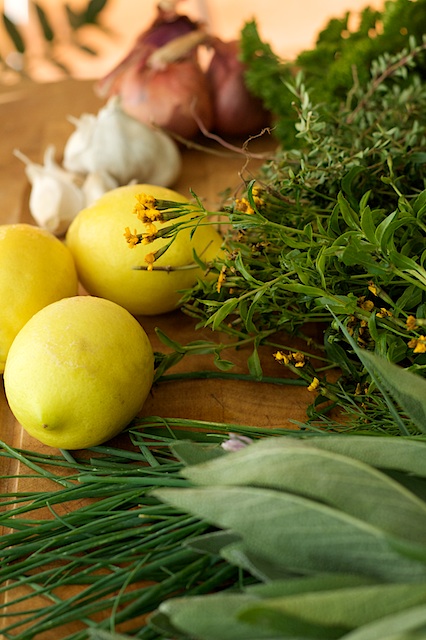
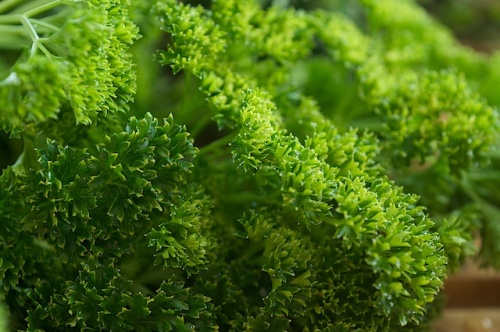
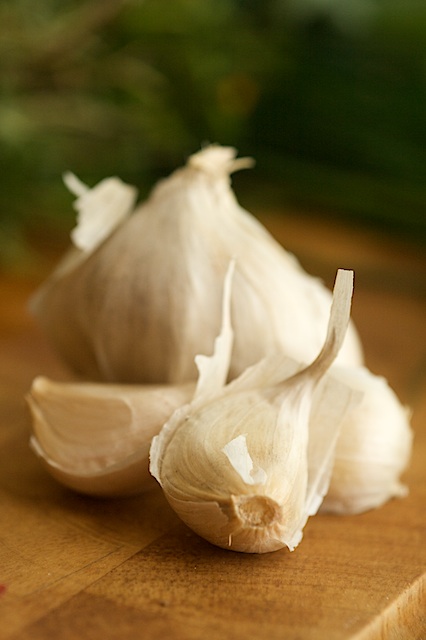
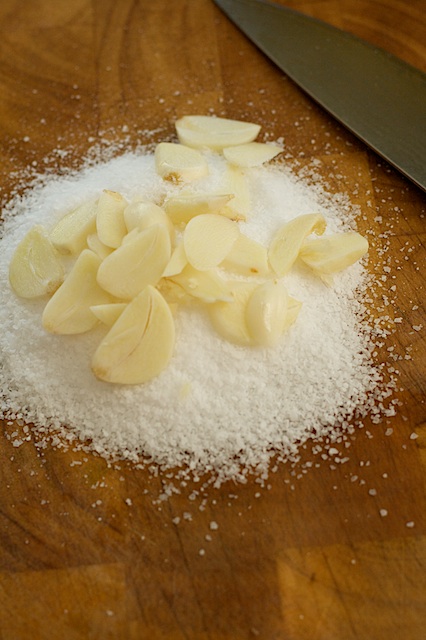
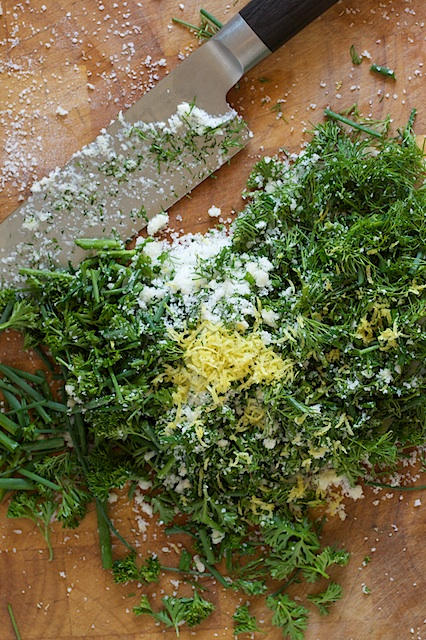

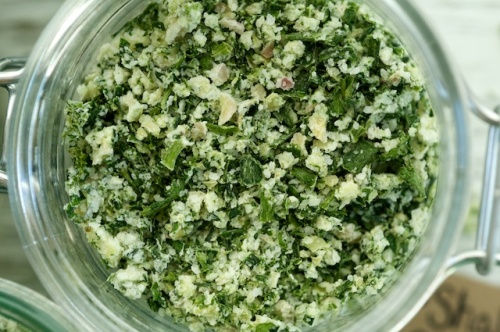


The present me really loves this!
Love,
Dad
What a clever girl…I can beat the frost to my herb garden. Thanks for the helpful hint…Doris
Thanks for this delightful insight into the art of drying herbs! I have all the ingredients in the yard & cupboard…now to get the past me into the present 🙂 My inbox smiles when your blog arrives!
Fragrantly,
Auntie Karen